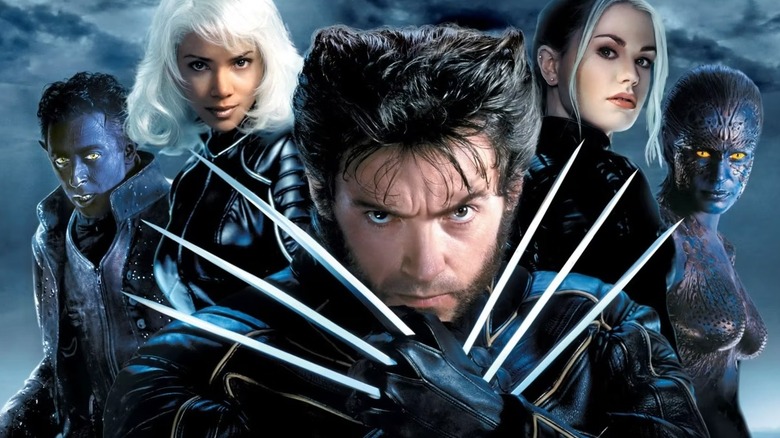X2: X-Men United – A Detailed Review
"X2: X-Men United," directed by Bryan Singer and released in 2003, is the highly acclaimed sequel to the 2000 superhero film "X-Men." Based on the Marvel Comics series created by Stan Lee and Jack Kirby, the film continues to explore the tensions between mutants and humans while deepening the themes of acceptance, prejudice, and identity. With a compelling narrative, dynamic character development, and impressive visual effects, X2 stands out as one of the most well-regarded entries in the X-Men franchise.
The story picks up shortly after the events of the first film. Mutants, people born with extraordinary powers, remain the subject of fear and discrimination in society. The plot is set into motion when a mysterious mutant, later revealed to be Nightcrawler, attacks the White House in a visually stunning sequence, prompting the U.S. government to take aggressive measures against mutants. In response, General William Stryker, a ruthless military scientist with a personal vendetta against mutants, launches a brutal campaign to wipe them out.

What makes X2 particularly engaging is the unlikely alliance that forms between the X-Men, led by Professor Charles Xavier, and their former enemies, including Magneto and Mystique. This union is forged not out of friendship but necessity, as Stryker’s plan threatens the very existence of all mutants. This temporary truce allows for a deeper exploration of each character's motives and beliefs, adding layers of complexity to the story.
The film significantly expands on the backstories of several key characters, most notably Wolverine. Through his interactions with Stryker, who is revealed to have played a pivotal role in his mysterious past, Wolverine begins to uncover the truth about the Weapon X program and his transformation into a living weapon. This adds emotional weight to his character and drives his arc forward.
Visually, X2 benefits from a larger budget and more advanced special effects than its predecessor. The action sequences are fluid and exciting, especially the opening scene with Nightcrawler and the climactic battle at the secret military base at Alkali Lake. These moments are not only thrilling but also serve to advance the narrative rather than distract from it.

The performances in X2 are also commendable. Hugh Jackman continues to embody the role of Wolverine with a mix of intensity and vulnerability. Patrick Stewart and Ian McKellen shine as ideological opposites Professor X and Magneto, while new additions like Alan Cumming as Nightcrawler add a fresh and welcome dynamic to the ensemble cast.
Beyond the action, X2 succeeds because it doesn’t shy away from its allegorical roots. The film draws clear parallels between the treatment of mutants and real-world issues such as racism, homophobia, and xenophobia. It challenges viewers to consider the cost of intolerance and the value of unity in the face of fear and ignorance.
In conclusion, X2: X-Men United is not only a strong superhero film but also a thoughtful exploration of difference and belonging. By balancing character development, social commentary, and blockbuster spectacle, it elevates the genre and cements its place as a high point in early 2000s comic book cinema.


